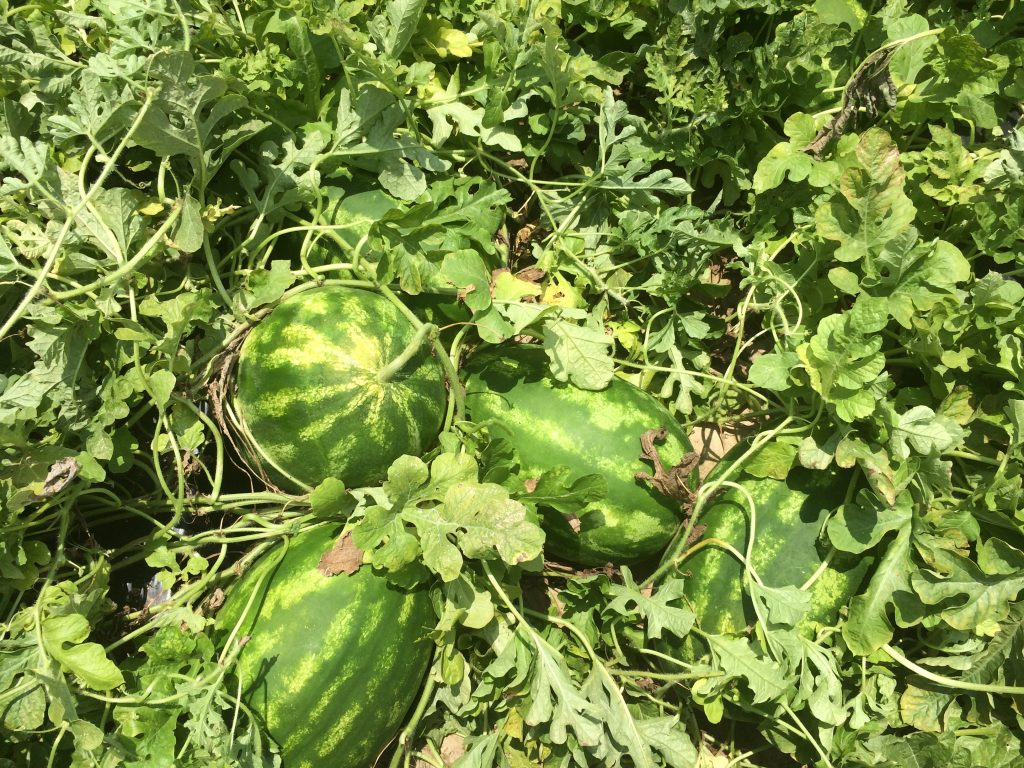By Karla Arboleda
Five years ago, there was no solid foundation for managing fusarium wilt in watermelons. Now, researchers have identified several techniques watermelon growers can use to help combat the disease.
Nicholas Dufault, associate professor of plant pathology at the University of Florida Institute of Food and Agricultural Sciences (UF/IFAS), says his research on the pathogen is leading to new ways to manage it.

“Grafting does work; it provides near immunity to this pathogen,” Dufault says. “It’s done a great job right now. We just don’t know everything about the rootstocks yet. I think it’ll be a good tool for us.”
In addition to grafting, Dufault still recommends delayed planting of watermelons.
“Delayed planting is the alternative method we’ve come up with,” Dufault says. “We know it works; it works from Florida to South Carolina.”
In addition to grafting and delayed planting, there are several ways that fusarium wilt is presently controlled. Dufault says integrating management, like rotating crops, considering crop history before planting and sending transplants to UF/IFAS for diseases diagnostics, could help control the pathogen.
“Cultivar resistance would be a great place to start,” Dufault says. He adds that fumigation can be used for fusarium wilt, but not as a stand-alone method.
According to Dufault, growers could find success against watermelon pathogens when using fungicides through drip application, if done correctly.
“We do know (drip application) controls the fungus, but we started realizing it was a variable in our field plots,” Dufault says. “It really comes down to … how that fungicide is being distributed. It really needs to get right to the roots.”









